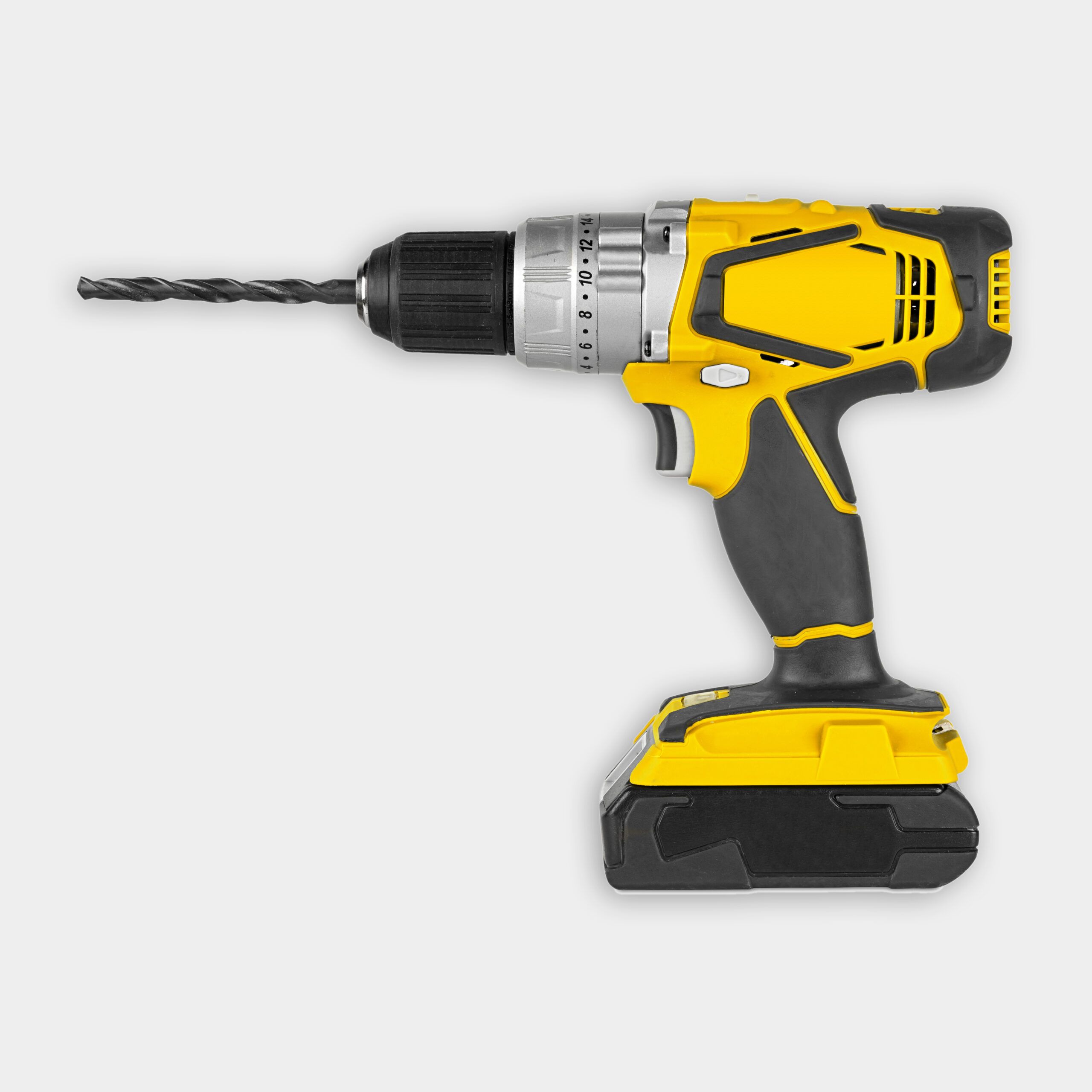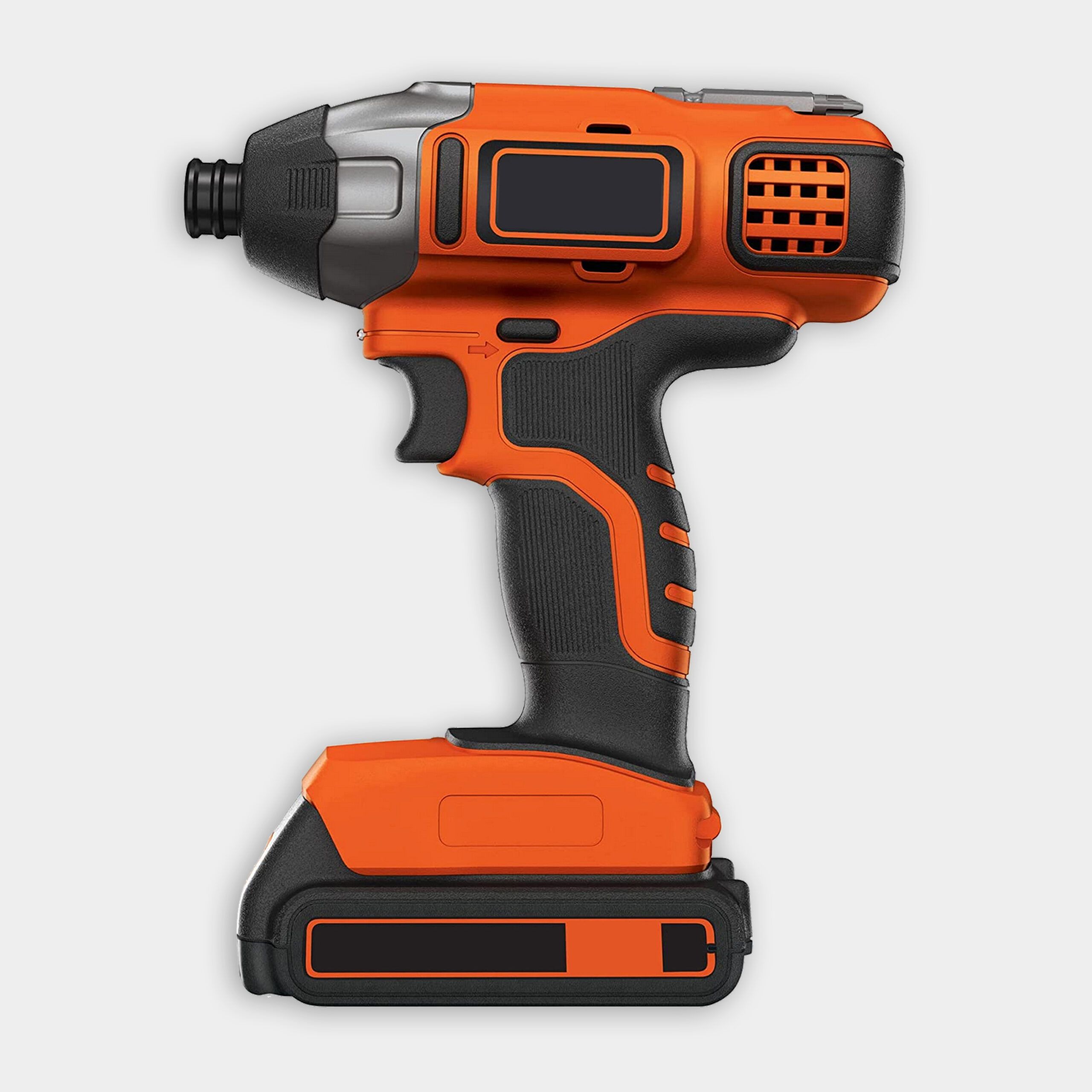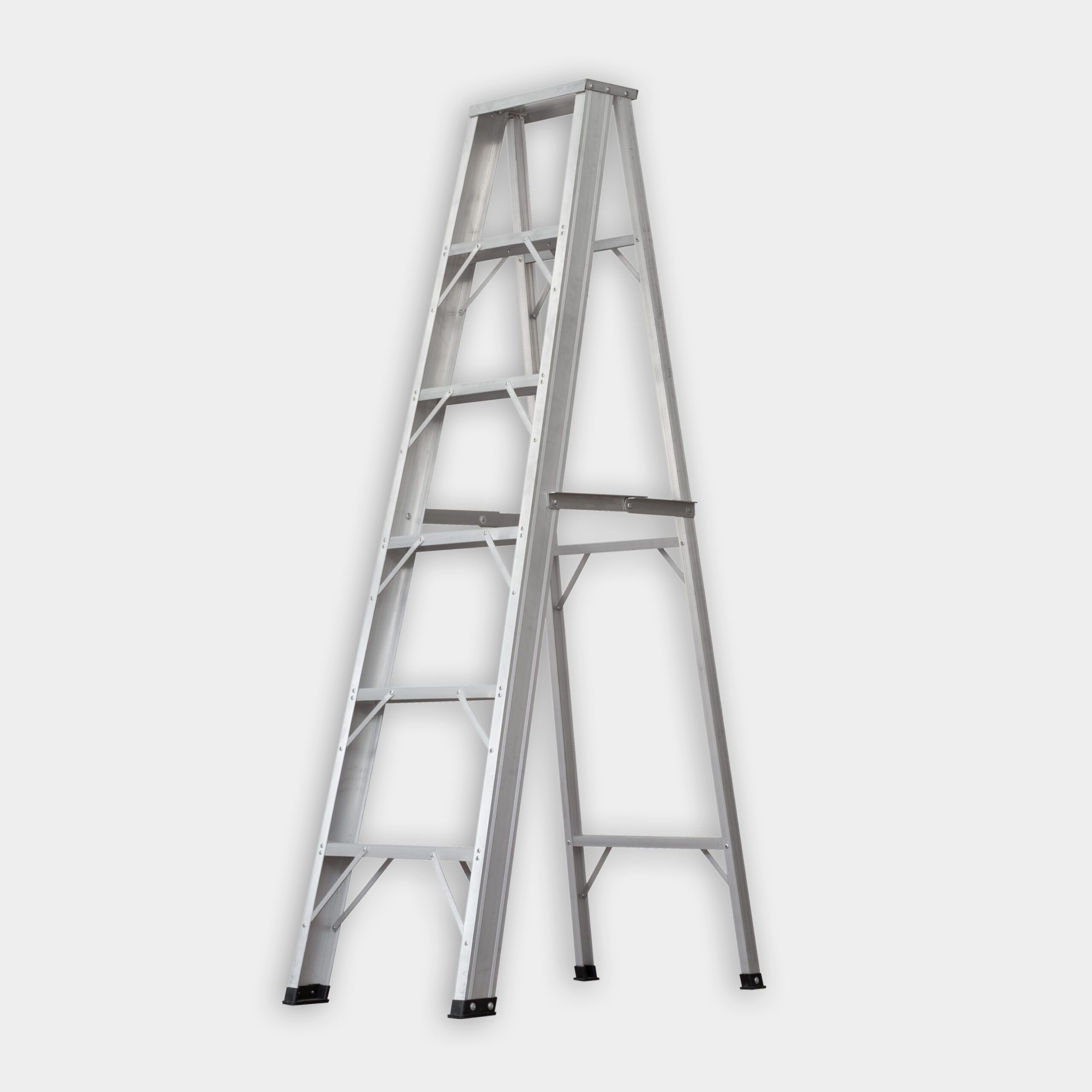We may be compensated if you purchase through links on our website. Our team is committed to delivering honest, objective, and independent reviews on home products and services.
Hanging bikes from the ceiling or walls in your garage is an effective solution that keeps them out of the way while freeing up valuable floor space. This method protects your bikes from damage while keeping them easily accessible when you’re ready to ride. In the video above, This Old House general contractor Tom Silva demonstrates how to install a pulley system for hanging bikes in a garage with a 12-foot ceiling.
Bike Storage Options in a Garage
Before diving into the installation process, consider the various bike storage options available. Each method has its advantages and is suited to different garage layouts and bike types.
Wall-Mounted Bike Racks
Wall-mounted bike racks are a popular choice for garages with limited floor space. These racks come in various designs, including the following:
- Horizontal racks that hold bikes parallel to the wall
- Vertical racks that store bikes perpendicular to the wall
- Angled racks that position bikes at a slant for easier access
Ceiling-Mounted Bike Hoists
Ceiling-mounted bike hoists, like the one installed by Tom Silva, are ideal for garages with high ceilings. These systems use pulleys and ropes to lift bikes off the ground and store them overhead. The benefits of ceiling-mounted hoists include the following:
- Easy lowering and raising of bikes
- Keeping bikes completely out of the way
- Maximizing vertical space
Freestanding Bike Racks
Freestanding bike racks are a good option for those who prefer not to drill into walls or ceilings. These racks come in various styles:
- Floor-to-ceiling tension pole racks
- Gravity stands that lean against a wall
- Multi-bike storage trees
Freestanding racks are portable and don’t require permanent installation, making them a great pick for renters or those who frequently rearrange their garage space. They’re also ideal for those who have wider garage spaces because of their mobility and flexibility.
Installing a Ceiling-Mounted Bike Hoist
Silva demonstrates the installation of a ceiling-mounted bike hoist system in the video. This method is useful for garages with high ceilings and limited floor or wall space. The process is straightforward if you follow a few critical steps.
Locating Ceiling Joists
The first step in installing a ceiling-mounted bike hoist is to locate the ceiling joists. Here’s how:
- Use a stud finder or tap on the ceiling to identify solid areas.
- Mark the location of the joists with a pencil.
- Confirm the joist location by drilling a small 1/8-inch-diameter pilot hole.
- Measure 16 inches from the first joist to locate the next one, as most joists are spaced 16 inches apart.
Mounting the Pulley Brackets
Once you’ve located the joists, it’s time to install the pulley brackets:
- Position the first pulley bracket over the marked joist.
- Use a cordless drill to create a pilot hole for the mounting screws.
- Secure the bracket to the joist using the provided screws and an impact driver.
- Measure the distance from the bike seat to the handlebars. Transfer that dimension to the ceiling, as measured from the first bracket installed in the step above.
- Repeat the process for the second pulley bracket, ensuring it’s aligned with the first and spaced appropriately for your bike’s dimensions.
Threading the Rope and Hooks
After mounting the brackets, set up the pulley system:
- Thread the rope through the hole in the second pulley bracket and tie a secure knot. Ensure the rope follows the correct path to avoid tangling or inefficient lifting.
- Run the rope through both pulley brackets according to the manufacturer’s instructions.
- Attach the hanging hooks to the rope, positioning one below each pulley bracket. Position the hooks directly below the pulley brackets to maintain balance.
- Install a wall cleat to secure the loose end of the rope when the bike is raised.
- Test the system with a moderate load before hanging your bike.
- To store a bike overhead, slip one hook under the seat and the other under the handlebars. Pull the rope to raise the bike up to the ceiling. An antislip mechanism will prevent the bike from falling, but it’s still a good idea to tie off the rope to the wall cleat.
Tips for Safely Hanging Bikes in Your Garage
Hanging bikes on the ceiling of your garage can be difficult, and you should keep safety in mind while installing the system.
Weight Considerations
Check the weight limit of your chosen storage system and ensure it can support your bike’s weight. For heavier bikes, such as electric or mountain bikes, consider using a more robust storage system or reinforcing your existing one. Distribute the weight evenly when hanging multiple bikes to prevent overloading one area.
Protecting Your Bike
To prevent damage to your bike while it’s in storage, use padding on hooks or contact points to protect the bike’s finish. Avoid hanging bikes by the wheels for extended periods, as this can stress the spokes. Also, clean and dry your bike before hanging it to prevent rust and corrosion.
Safety Precautions
When using a pulley system or high-mounted storage, always check that the bike is securely attached before raising it. Use the safety lock mechanism, if provided, to prevent accidental lowering. Keep the area beneath hanging bikes clear to avoid potential hazards. We recommend conducting regular inspections of the pulley system to identify any signs of wear or potential failures.
Maintaining Your Bike Storage System
Regular maintenance of your bike storage system improves its longevity and promotes continued safety. Periodically check all mounting hardware and tighten it as necessary. Inspect ropes and pulleys for signs of wear, and replace them if they become frayed or damaged. Also, regularly oil the pulleys to keep them running smoothly. Clean the storage area regularly to prevent dust and debris accumulation.



